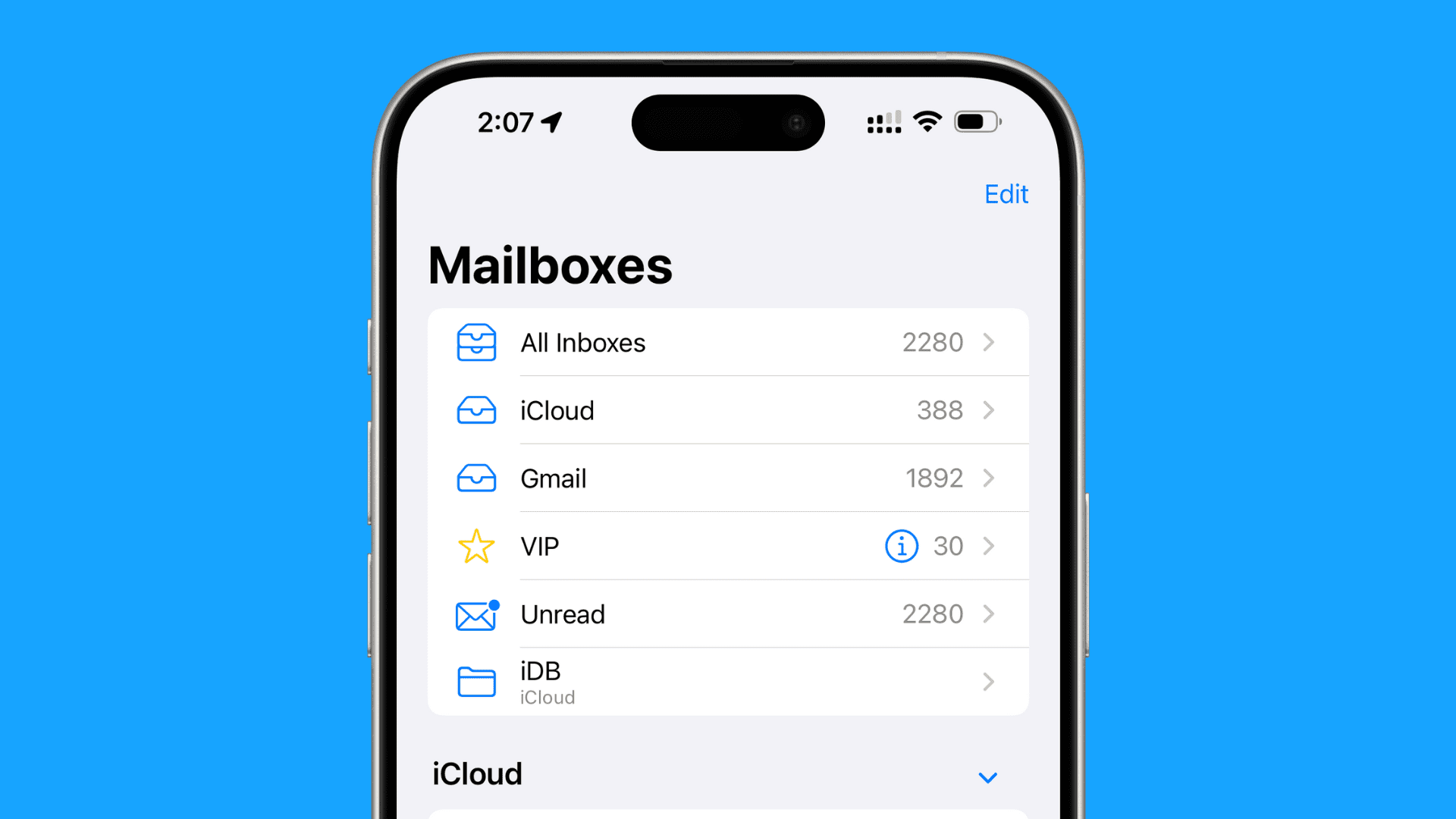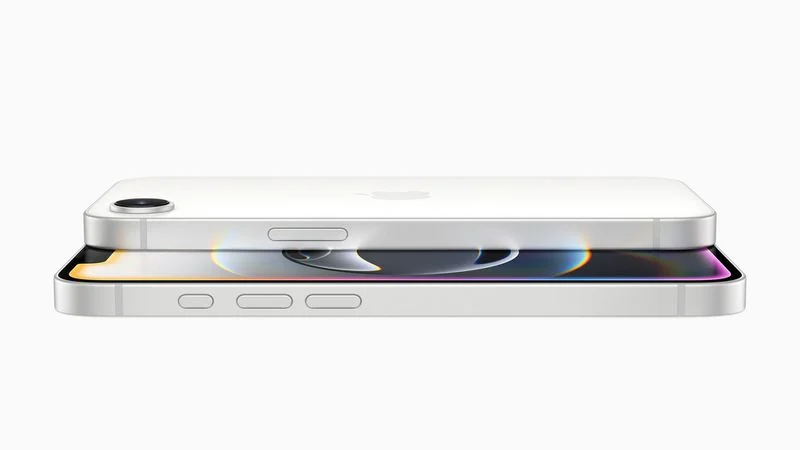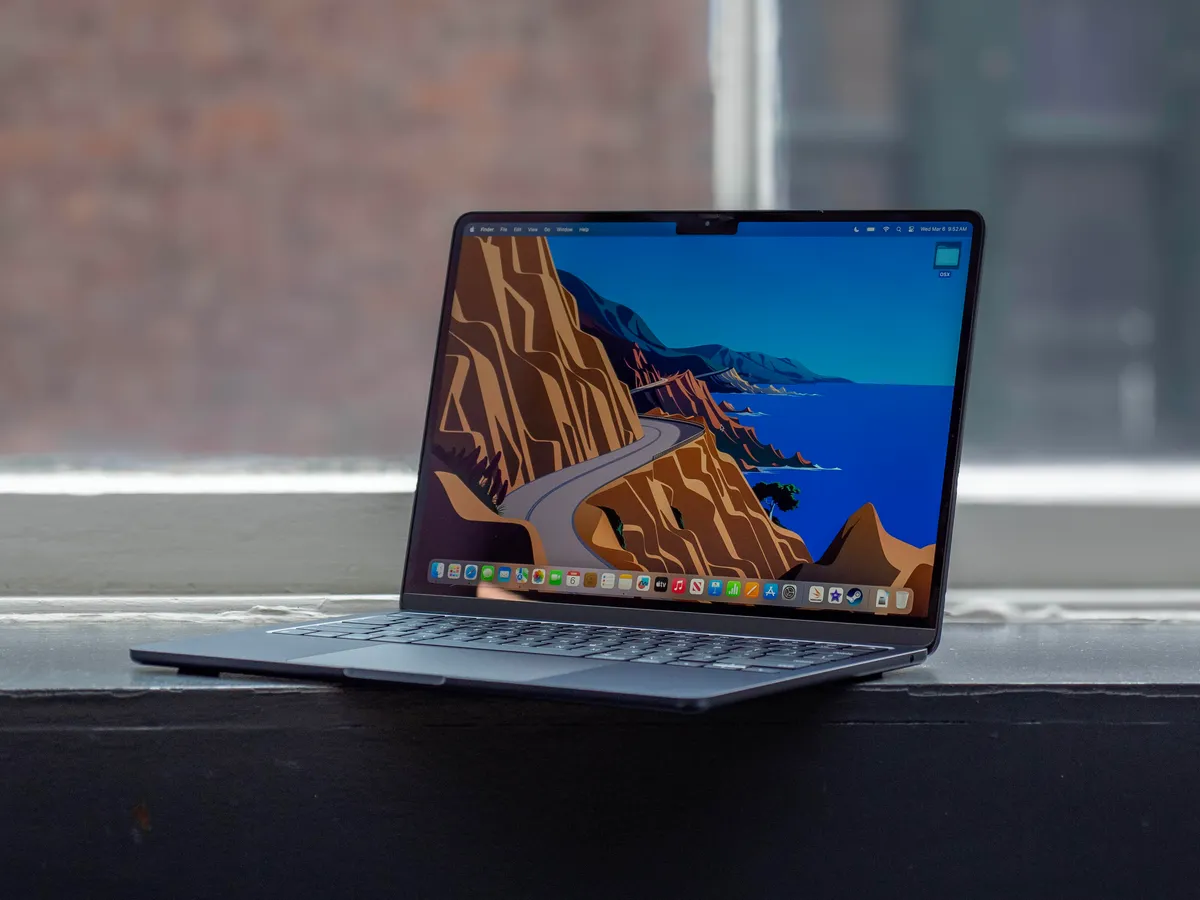A recent report from Mark Gurman’s Power On newsletter reveals that Apple is gearing up to make the iPhone 17 Pro a game-changer for video recording. While the company has long focused on perfecting photos, it’s exciting to know that video is finally getting some serious attention.
Apple has been working hard to make the iPhone the ultimate camera replacement. For years, they’ve aimed to build the best camera system you can carry in your pocket. Now, they’re ready to take it up a level by improving video features. iPhones have always done a decent job with video, but Apple wants to make them even better.
According to Gurman, Apple’s big plan for the 2025 iPhone lineup, including the iPhone 17 Pro and Pro Max, is to win over vloggers and video creators. They want these folks to ditch their separate cameras and rely on iPhones instead:
A key aim for the 2025 models is to convince vloggers and other video makers to switch from traditional cameras to iPhones for more of their projects. Expect Apple to highlight these upgraded video skills big time when the new phones launch in September.
The report doesn’t spill the beans on exactly how Apple will boost the iPhone 17 Pro’s video game, but more details should pop up soon. This shift sounds pretty cool to me, and I’m curious to see what’s coming next!





